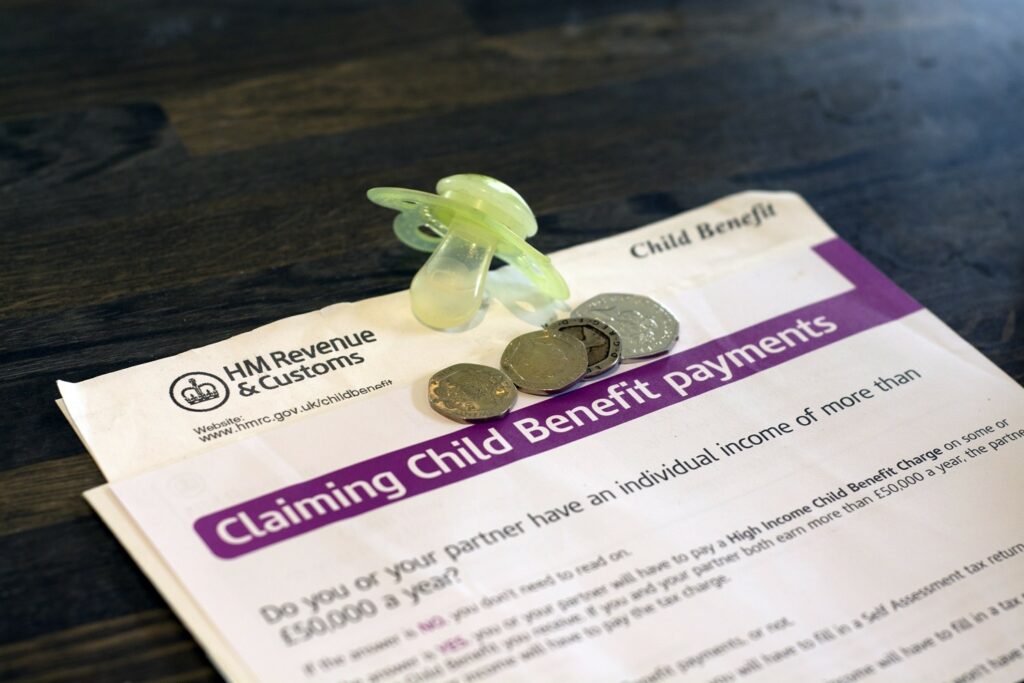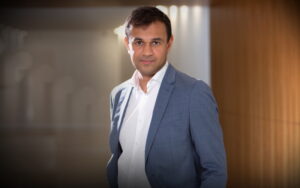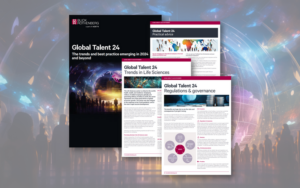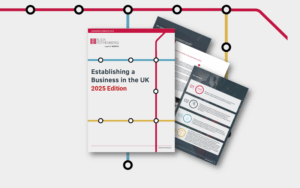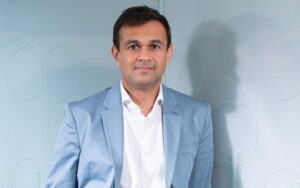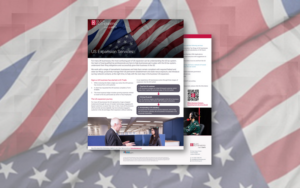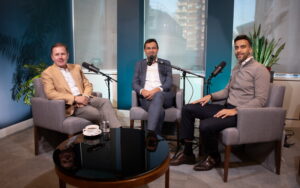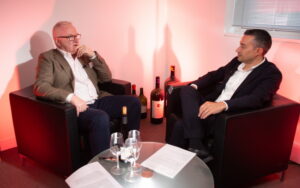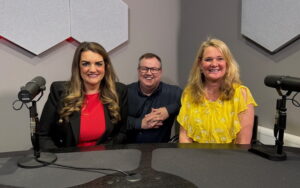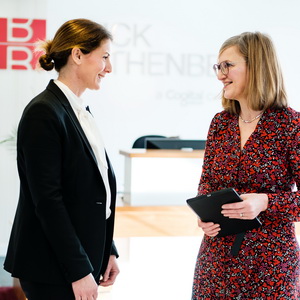Use your tax-free allowances before the tax year ends
Allowances must be used before April 5th
People must take action and use their tax-free allowances before the end of the tax year on April 5th
Paul Haywood-Schiefer, Senior Manager says:
“You have a range of tax-free allowances to use before the end of the tax year. The first £12,570 of income is covered by your Personal Allowance and received tax-free (unless your total income exceeds £100,000.)
A further £1,000 of dividend income is covered by a Dividend Allowance (if not already covered by the Personal Allowance), and there is no tax to pay.
Basic rate and Higher rate taxpayers can also benefit from the Personal Savings Allowance, which means the first £1,000/£500 (respectively) of interest again is free from tax.”
You should also consider using the Capital Gains Tax Annual Exempt Amount. You can receive up to £6,000 of capital gains completely tax-free. Therefore, you might just want to use this to re-invest the gains. Be aware that going forward, this will reduce to a paltry £3,000 per annum from April 2024, and if you don’t already do Tax Returns, you will need to if your gains exceed £3,000 in future years.
Don’t forget your ISAs! If you can, then a useful way of making investments is to make full use of the annual limits for contributions to your ISAs, as any growth, income and gains within these are completely tax-free. The annual maximum amount for an adult that can be saved in ISAs is £20,000 (though a Lifetime ISA has a maximum of £4,000 allowed, which uses part of your overall ISA allowance) in a combination of ways through both stocks, shares, innovative finance or cash.
Children up to the age of 18 can have a Junior ISA with a maximum of £9,000, which can be put into this in a tax year. That money does not need to be contributed by them and is a great way for you, other members of the family or friends to help your child save, as they cannot make any withdrawals until they reach the age of 18 (subject to a few exceptions.)
You can also use up your annual allowance for personal pension contributions. The amount you can put in will depend hugely on the amount of your income for the year, what that income is and what unused allowances you have from the three prior tax years. As a minimum, a person can make pension contributions of up to £3,600 (gross) in the year and an Annual Allowance of up to £60,000.
The contributions you make to your personal pension fund are considered to be made net of basic rate tax, so the pension fund will claim the excess from the government. i.e. you contribute £2,000 personally, the pension fund would claim an extra £500 from the Government (2,000 x 100/80 = 2,500). Further to this, higher and additional rate taxpayers can claim tax relief on the contributions through their tax returns, extending their basic rate tax band and giving relief up to 20%/25% (respectively) on the amount of the gross contribution.
Personal pension contributions will also reduce a person’s ‘adjusted net income’ so there may be a benefit for those individuals whose income is between £100,000 and £125,140 where the Personal Allowance is reduced or for those with income between £50,000 and £60,000 who are subject to the High Income Child Benefit Tax Charge. Again, care must be taken with pension contributions so as not to exceed the annual allowance.
Would you like to know more?
If you have any questions about the above or would like to discuss your specific circumstance, please get in touch with your usual Blick Rothenberg contact or Paul Haywood-Schiefer using the form below.
Contact Paul

You may also be interested in
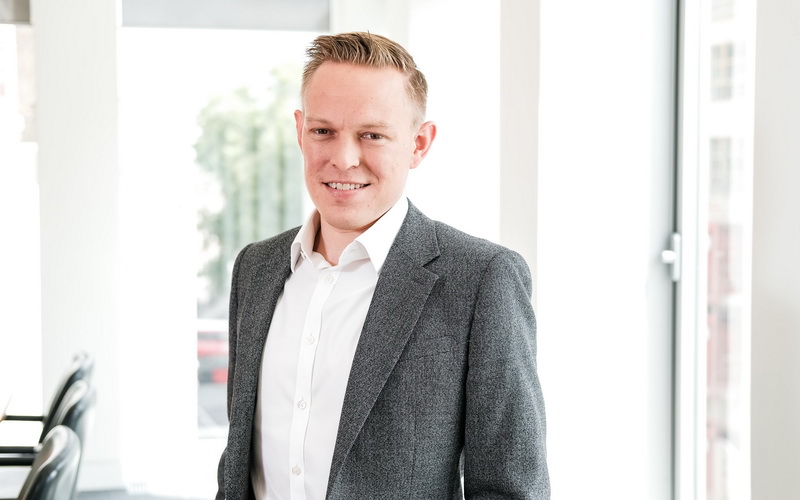
Blick Rothenberg’s new Head of Private Client says child benefit system remains broken
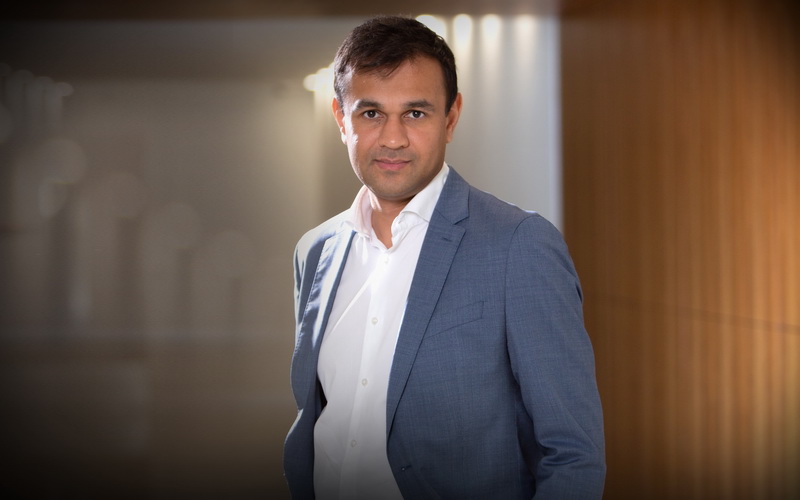
High Income Child Benefit Charge: A decade of failure
